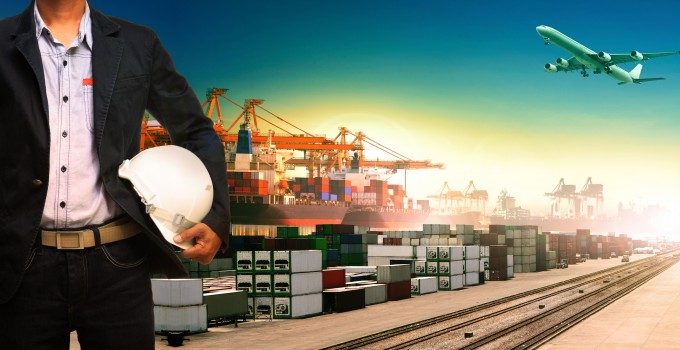Vessel pooling could halve costs of compliance with looming FuelEU regulation
The looming FuelEU Maritime regulation will pose significant challenges and extra costs for the shipping ...
TFII: SOLID AS USUALMAERSK: WEAKENINGF: FALLING OFF A CLIFFAAPL: 'BOTTLENECK IN MAINLAND CHINA'AAPL: CHINA TRENDSDHL: GROWTH CAPEXR: ANOTHER SOLID DELIVERYMFT: HERE COMES THE FALLDSV: LOOK AT SCHENKER PERFORMANCEUPS: A WAVE OF DOWNGRADES DSV: BARGAIN BINKNX: EARNINGS OUTODFL: RISING AND FALLING AND THEN RISING
TFII: SOLID AS USUALMAERSK: WEAKENINGF: FALLING OFF A CLIFFAAPL: 'BOTTLENECK IN MAINLAND CHINA'AAPL: CHINA TRENDSDHL: GROWTH CAPEXR: ANOTHER SOLID DELIVERYMFT: HERE COMES THE FALLDSV: LOOK AT SCHENKER PERFORMANCEUPS: A WAVE OF DOWNGRADES DSV: BARGAIN BINKNX: EARNINGS OUTODFL: RISING AND FALLING AND THEN RISING

One of the best ways for shipping lines to get round the forthcoming ban on high-sulphur marine fuels is to switch to Liquefied Natural Gas (LNG). As a fuel it’s virtually emission-free, but its widespread adoption has been hitherto inhibited by its being more costly than the heavy fuel oil that vessels burn while on the ocean; as well as the extremely limited number of bunkering facilities. Both are being addressed – oil is simply getting more expensive, and distillate diesel is likely to rocket in price when the new regulations come into force at the beginning of next year; and in anticipation of that more investment is going into LNG refuelling facilities.
Comment on this article